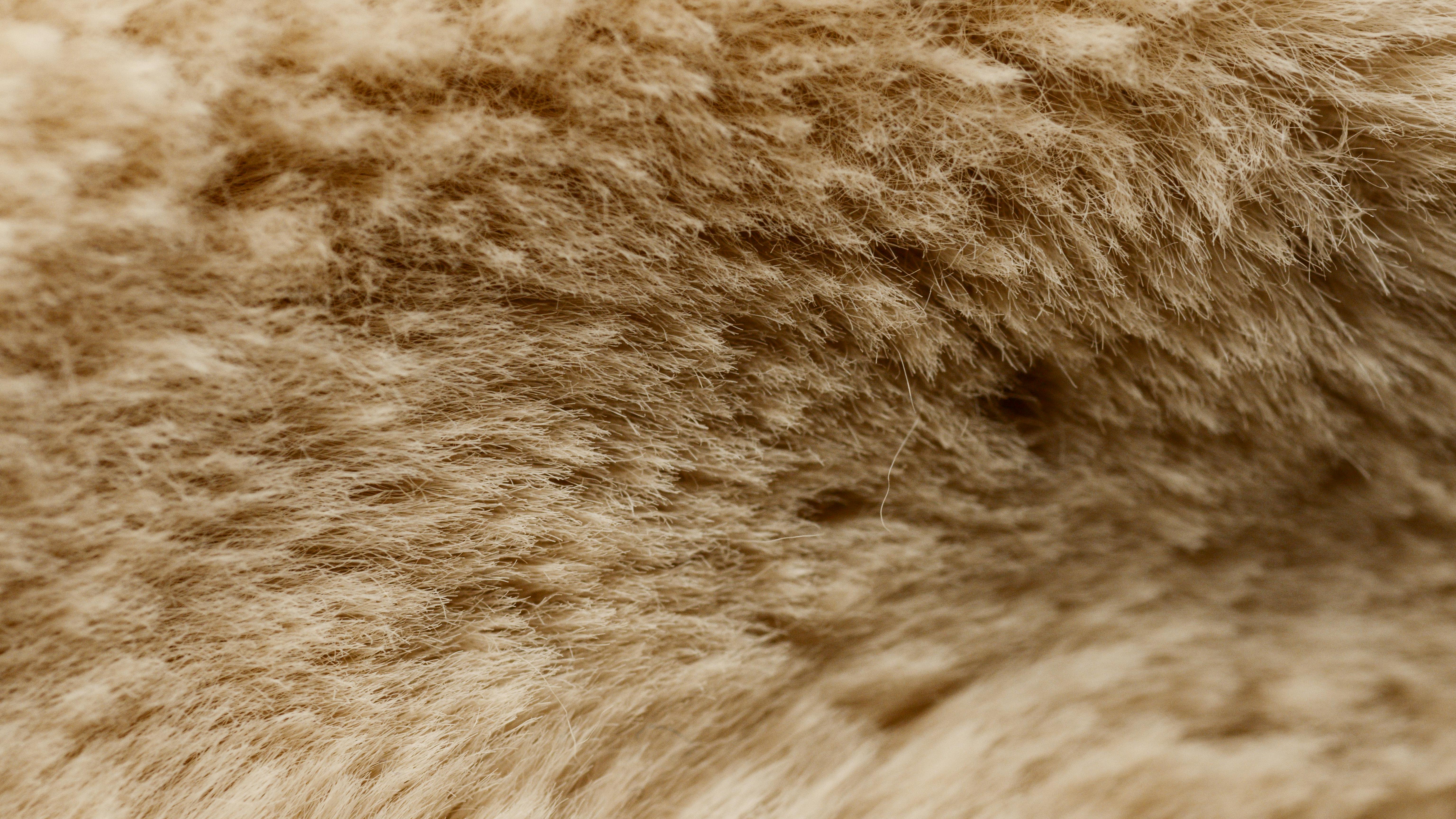
- PROJECT CODE: BI-US/19-21-014, ARRS – Public call of international bilateral scientific cooperation between Republic of Slovenia and USA from October 10, 2019 until September 30, 2021
- PROJECT TITLE: Seismic analysis of tall timber buildings
- PROJECT LEADER: Iztok Šušteršič, PhD
- PERIOD: 01.10.2019 – 30.09.2021
- BUDGET: 3,030.00 EUR
- FINANCING: Slovenian Research Agency (ARRS)
- PARTNERS: InnoRenew CoE (Slovenia) and Colorado School of Mines, Golden, CO (USA)
In the future, a shift to sustainable construction techniques with renewable materials is of crucial essence. Engineered timber, championing the sustainability potential of all construction materials, has evolved to a stage that enables the construction of not only family housing but also taller buildings, commonly built from concrete or steel. Unfortunately, designing taller buildings made from timber is more demanding than of their concrete counterparts. Since such tall timber structures have only been present for the last decade, there is also less practical experience with their real-life behaviour, especially on seismically active areas. Hence, it is crucial to investigate and analyse taller timber buildings and their dynamic performance for different load cases – earthquake being the most important one, followed by wind – and provide appropriate guidelines for their design. The project proposal strives for bringing together the experience of Slovenian and American researchers that already have a track record in the field of tall timber buildings, broaden it further based on combined knowledge and new experimental findings and, finally, derive a dynamic design methodology suitable for application in engineering design codes. The American side will perform the biggest shaking table test ever, a 10-story CLT building, surpassing the current record of three stories. Testing will be performed on the NHERI shaking table at UCSD. The experiment is remarkable by itself as it will be a one-to-one scale test of a real structure exposed to intense ground motions. This project will enable enriching the exclusive experimental testing and numerical modelling with the expertise and experience of Slovenian researchers. Gathered data will be used to re-calibrate finite element models and enable better evaluation of building design methods with state-of-the-art data. Expected outcomes include guidelines for seismic design of tall timber buildings, modification of wind design guidelines and at least two SCI-indexed paper publications. New knowledge gained in this cooperation will lead to further development of research needed to better understand dynamic design methodology of tall timber buildings. Furthermore, this project will strengthen the relationship between institutions and contribute to societal objectives to enhance excellence and efficiency in research and innovation.
InnoRenew CoE project activities
Researchers from InnoRenew CoE will model the structure to be tested using commercial software. They will try to make as good as possible blind prediction on the tested structure and then use experimental results to recalibrate the model and improve knowledge on specific dynamic parameters.



